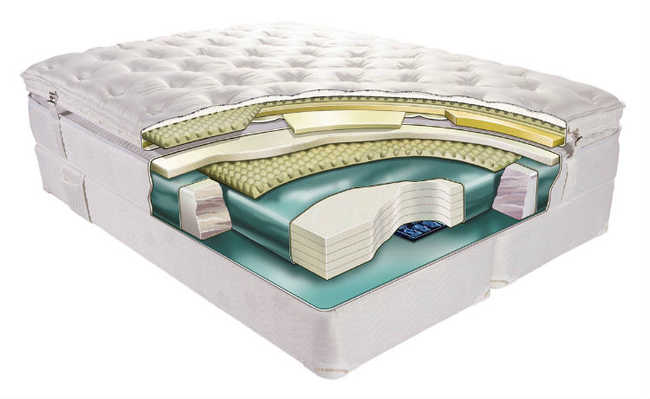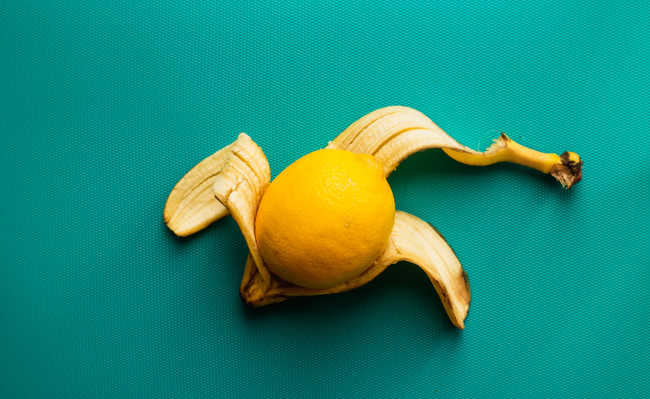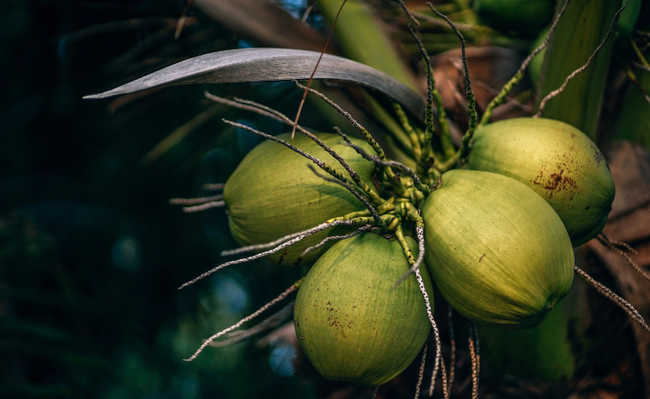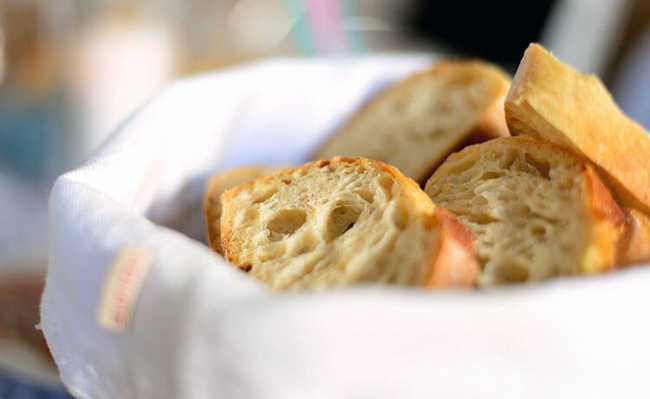what is mycology
Fungi are much more than some mushrooms. Understand what mycology is

Edited and resized image by Jonathan Brinkhorst is available on Unsplash
Mycology, also known as mycology, is the specialty of biology that studies fungi. Fungal biologists are called mycologists or mycetologists. And they study the taxonomy, systematics, morphology, physiology, biochemistry, benefits, harms and utilities of fungi, which are divided into parasites, saprophytes or decomposers. The word "mycology" comes from the Greek mykes, which means "mushroom", and logos, study.
- What is shitake and its benefits
Mycology studies
Mushrooms… Well, they are controversial. Come on, what comes to mind when we talk about them? hippies from the 1970s, Super Mario Bros video game, Japanese food (hmm, shitake!). But for some people they can symbolize much more than that, such as biodegradation, increased body immunity, and evolutionary leaps crucial to life on the planet. And we're not talking about hippies not more alternative, but rather from renowned mycology scholars such as Peter McCoy and Paul Stamets.
- what is biodegradation
The latter holds the patent for several mycomediation techniques (a process of breaking down toxic compounds using fungi). One of them is the filtering of pathogens from rainwater in urban areas, a project that won an $80,000 grant from the US Environmental Protection Agency to develop. Peter McCoy, co-founder of the group Radical Mycology (Radical Mycology, in free translation), sees that it does not take so much investment to take advantage of the benefits of these beings; on the contrary, the collective believes that the simpler and cheaper the methods, the more people will be able to access them - just remember that after seven days your bread molds, which is a beauty, isn't it?
There's even an event called Radical Mycology Convengence (Convergence of Radical Mycology, in free translation). In it, all mycology enthusiasts gather to exchange information, participate in workshops, lectures, etc. Mycomediation facilities, cultivation modes and other methods are taught to make them understandable to as many people as possible. This convergence happens only thanks to donations, and anyone is welcome to teach, learn or volunteer.
Mycology can be the solution to environmental problems
According to event co-founder Maya Elson, "if you stop and look at what's happening in the world, from oil spills to toxic waste, from dying forests to hunger - a big part of the problem is lack of soil fertile, healthy". As good and reliable penicillin (an antibiotic derived from a fungus) shows us, fungi are healing and renewing agents. Therefore, it is very likely that they can also help humanity to deal with the problems related to environmental damage.
Studies show that fungi can decompose from disposable diapers to oil spills and harmful bacteria found in water, not counting those that "eat" plastic. One company even created a fungal technology to replace synthetic foams. The foam sprouts from itself, in a process in which a mold is filled with a mixture of spores and organic waste, such as oat husks, and after a few days the mushrooms appear and their roots create knots and unite to make a lightweight yet solid material that resists water and fire. And best of all: it biodegrades in just one month, unlike polystyrene foam, a material made from petroleum, which in the United States is called styrofoam, and which there represents 25% of the volume of sanitary landfills. It can also be used as a thermal insulator.
Endomycorrhizae or arbuscular mycorrhizae and ectomycorrhizae can absorb up to 70% more carbon from the atmosphere than other types of fungi (and you thought the Super Mario mushroom was magical). Mycorrhiza-type fungi are present in the roots of nine out of ten types of plantations, which is why they are essential in the planetary diet. Mycorrhizae form when hyphae from a fungus invade the roots of a plant. The fungus is like a tentacle, capturing water and nutrients from the soil and gifting the crop's roots, receiving carbon-rich sugars in return (fruits of photosynthesis). In this symbiosis, the fungus protects the plant from diseases and periods of drought, and guarantees its sugar lump - this positive relationship was what allowed the plants to migrate from the sea to the ground 460 million years ago, according to scientific theories.
All this without mentioning that the edible variables are delicious and excellent for health. Peter McCoy shows us in this video (in English) how to make his own medicinal mushroom capsules at home, showing a practical and homemade use of mycology.Learn more about the world of fungi.










